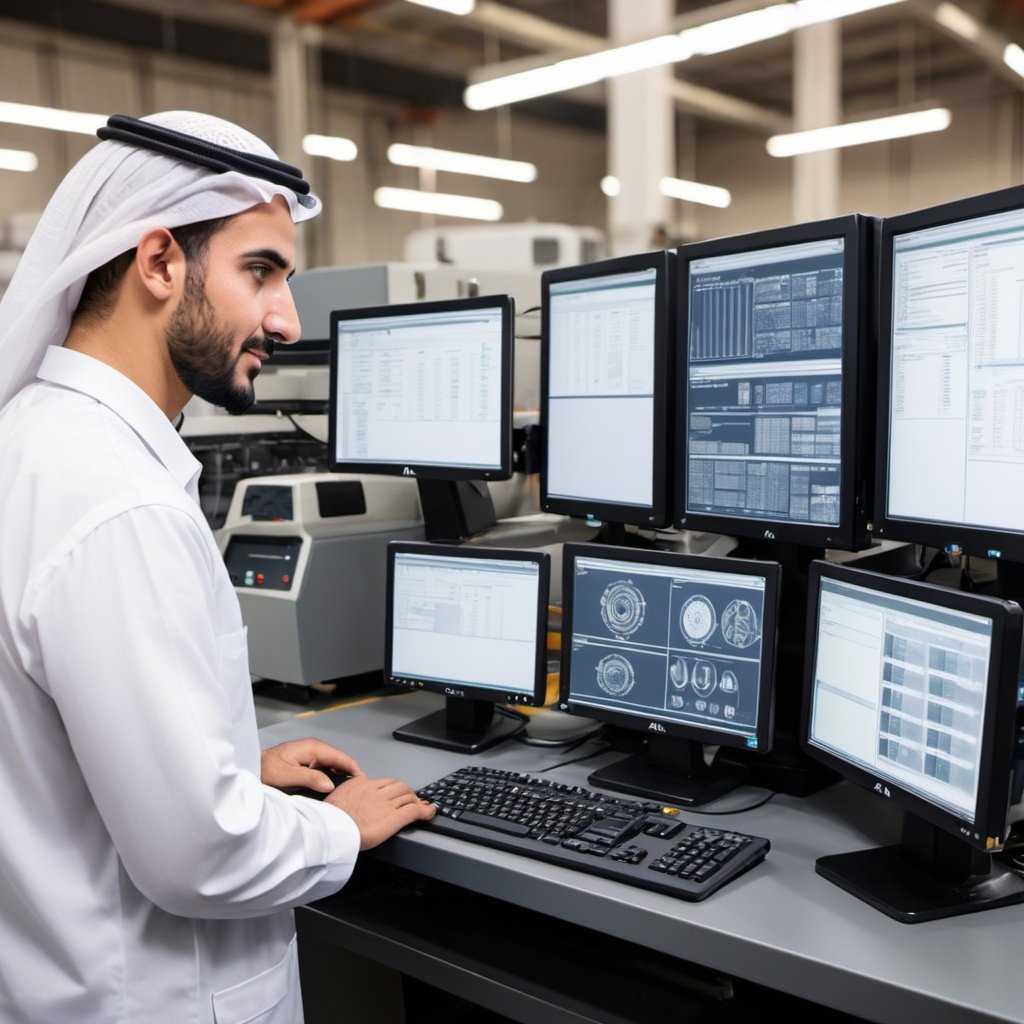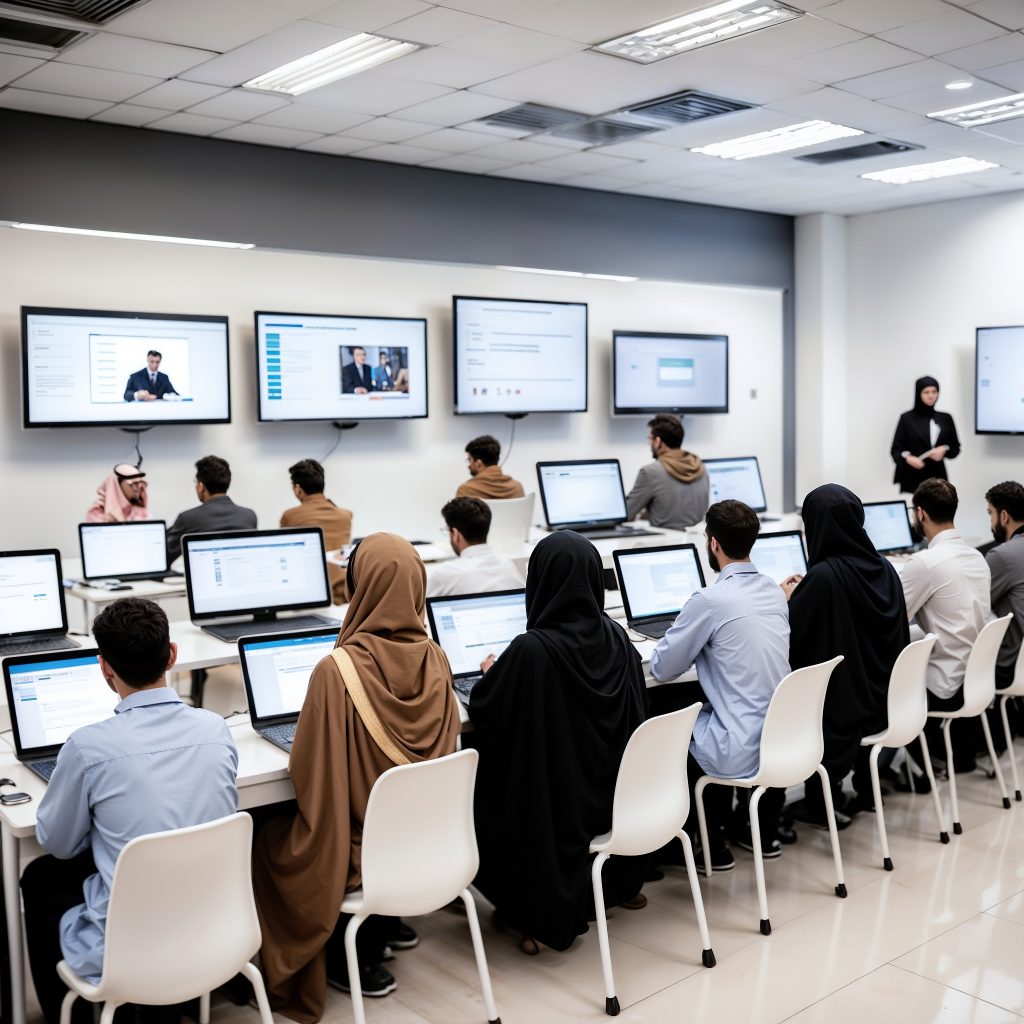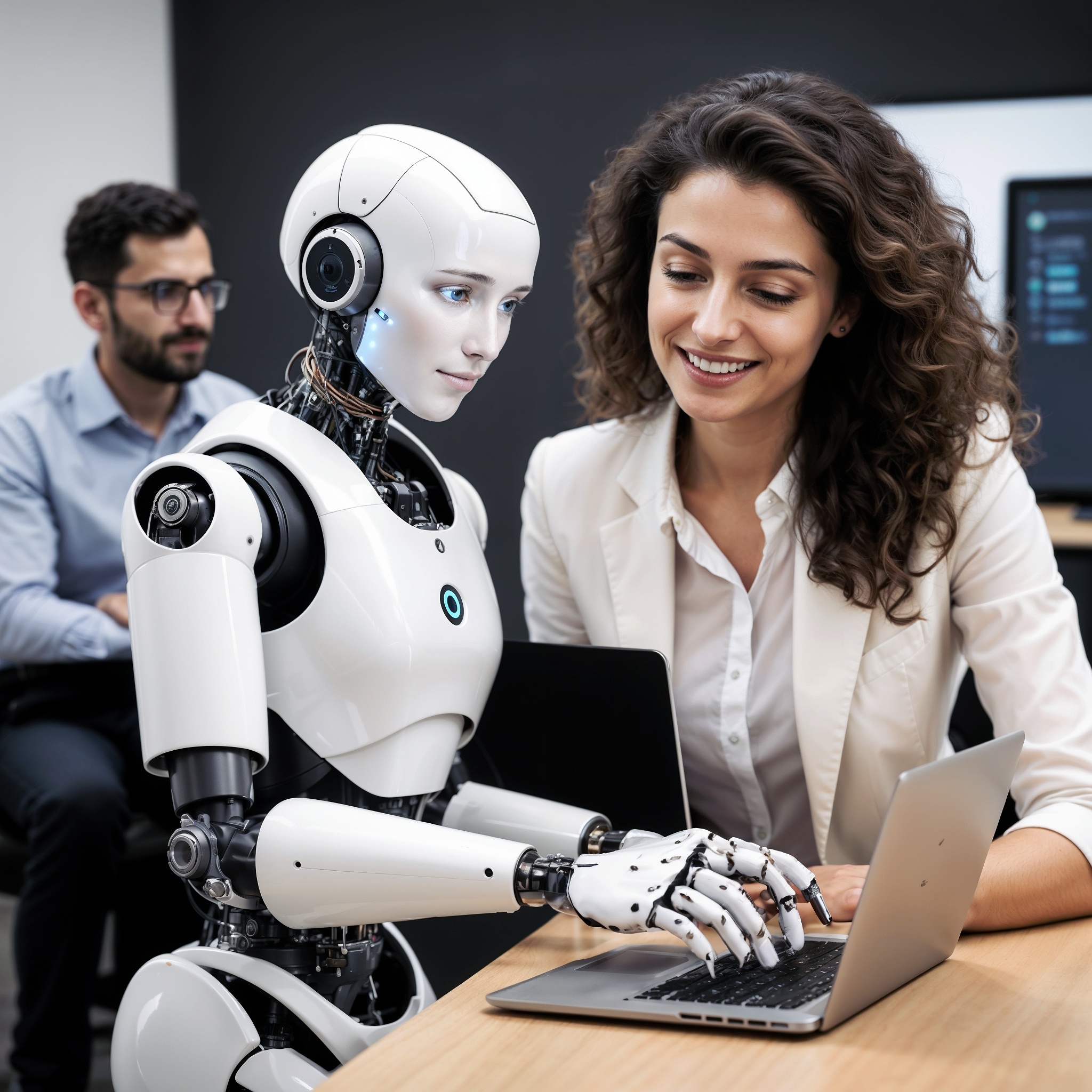UPHOLDING AND PRESERVING
THE IDENTITY,
LANGUAGE,
TRADITIONS
AND VALUES OF ARABS
WITH AI IN MENA.
(The focal point and center of interest that symbolize a better and brighter future. Street tiles, clouds, right side with a modern touch, left side with Middle Eastern theme point in one direction. Look for other picture throughout this site with a similar style)

1. AI Ethics and Guidelines:
- Develop comprehensive frameworks that address issues like:
- Transparency: People should understand how AI systems make decisions. This can involve explainable AI techniques and public reporting on AI use cases.
- Accountability: Establish clear lines of responsibility for the development, deployment, and outcomes of AI systems. This includes developers, users, and regulators.
- Fairness: Prevent bias in AI algorithms that can lead to discriminatory outcomes. This requires diverse datasets, fairness testing, and ongoing monitoring.
- Privacy: Protect individual privacy by ensuring data is collected, used, and stored responsibly. Robust data privacy regulations are crucial.
2. Upskilling the Workforce:
- Invest in multi-pronged programs to prepare the workforce for the AI age:
- STEM Education: Integrate AI fundamentals into school curriculums at all levels. This fosters a future generation comfortable with AI technology.
- Reskilling and Upskilling Programs: Offer training initiatives for existing workers to acquire new skills needed for AI-driven jobs or adapt their current skills to complement AI.
- Lifelong Learning Opportunities: Encourage continuous learning through workshops, online courses, and certifications to keep pace with evolving AI technologies.
- Prompt Engineering and Smart AI Agents: Empower your workforce to unleash the AI revolution with precision prompting. This training equips your team with the secret weapon for maximizing AI’s potential. Learn to craft powerful requests (prompts) that unlock the true capabilities of AI tools, transforming them from assistants to collaborators and master the art of guiding AI agents to deliver the results you crave. Optimize interactions, unleash exceptional outputs, and watch your team’s productivity and efficiency soar. This is more than training, it’s a launchpad to the future of smart work.





We envision AI robot agents as shown here. A (+/-) prompt Engineer supervising the initial training of an AI robot agent, prior to its unsupervised deployment for work instructions implementation, efficiently and effectively.
Arab AI Alliance
Rich heritage uniting great minds and smart machines, building a brilliant future.
تحالف العرب والذكاء الاصطناعي
Tahaluf al-Arab wal-zakaa al-isti’naaey)
تراث غني يجمع بين العقول العظيمة والآلات الذكية، يبني مستقبلا باهرا
(Turathun ghaniyyun yajma’u bayna al-‘uqul al-‘azimah wal-aalat al-zakiyyah, yabni mustaqbalan bahiran)
